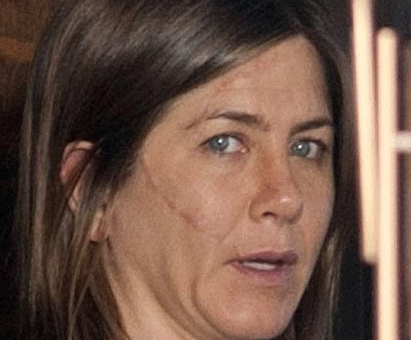Weddings were either held in a church or at home in the morning and were traditionally carried out in the bride's parish. It was in the 1800's where the tradition of the bride not seeing the groom on the day of the wedding before the ceremony was established. The weddings were usually small with only close family and friends, and before the ceremony bells would be rung to drive out the evil spirits and the rings would be dropped as it is said that it would release any evil spirits that were inside them. After the ceremony the bride and groom would sign the parish register in the vestry. It was tradition for the bride to sign with her maiden name. The food that was consumed after the ceremony was usually breakfast type food, due to the ceremony taking place early on in the day. One of the most interesting facts that I found was that any guests at the wedding who were in mourning would enter the ceremony and try to hide themselves amongst the other guest so that they would not affect the mood of the bride and groom. I found this interesting as I have been learning about how it was important for Victorians to respect the dead, this treatment of mourners is not respectful and unlike now there appears to be little sympathy for those left behind.
One of the main traditions of a Victorian wedding involved what the bride wore. Brides used to wear a wreath or orange blossom flowers. This was a very popular tradition and the words, 'to gather honey blossom' eventually became to mean, 'to seek a wife'. Queen Victoria wore the colour white on her wedding and after this it was tradition for all weddings to be carried out in white, before this the bride was able to choose the colour of her gown and the colour she chose was said to influence the couple's future, for example if the bride wore red, she wished herself dead and if she wore blue the love would always be true.
This research has been interesting as I now think that along with a wedding veil I may also buy some orange flowers as it appears that they were a main feature of Victorian weddings. As I am trying to capture the decay and age of Miss Havisham's wedding attire I may try to distress the veil and flowers to make them look more aged. I think I may do this by staining the veil with tea, to give it a more yellow colour, as described in the book 'Great Expectations'. I may do this also to the flowers as well as ripping them. I will buy fake flowers so that for the continuity part of the assessment they look exactly the same in both.
 |
| A Victorian Wedding Recption http://www.angelpig.net/victorian/ceremony.html |
 |
| A Victorian Couple Signing The Parish Register http://www.angelpig.net/victorian/ceremony.html |
 |
| Queen Victoria With An Orange Blossom Wreath In Her Hair On Her Wedding Day http://hrhprincesspalace.blogspot.co.uk/2015/02/todays-princess-queen-victoria.html |
http://www.victoriana.com/bridal/bridal-welcome.htm
http://classroom.synonym.com/victorian-era-wedding-traditions-7133.html
http://www.literary-liaisons.com/article003.html
http://www.literary-liaisons.com/article004.html




























